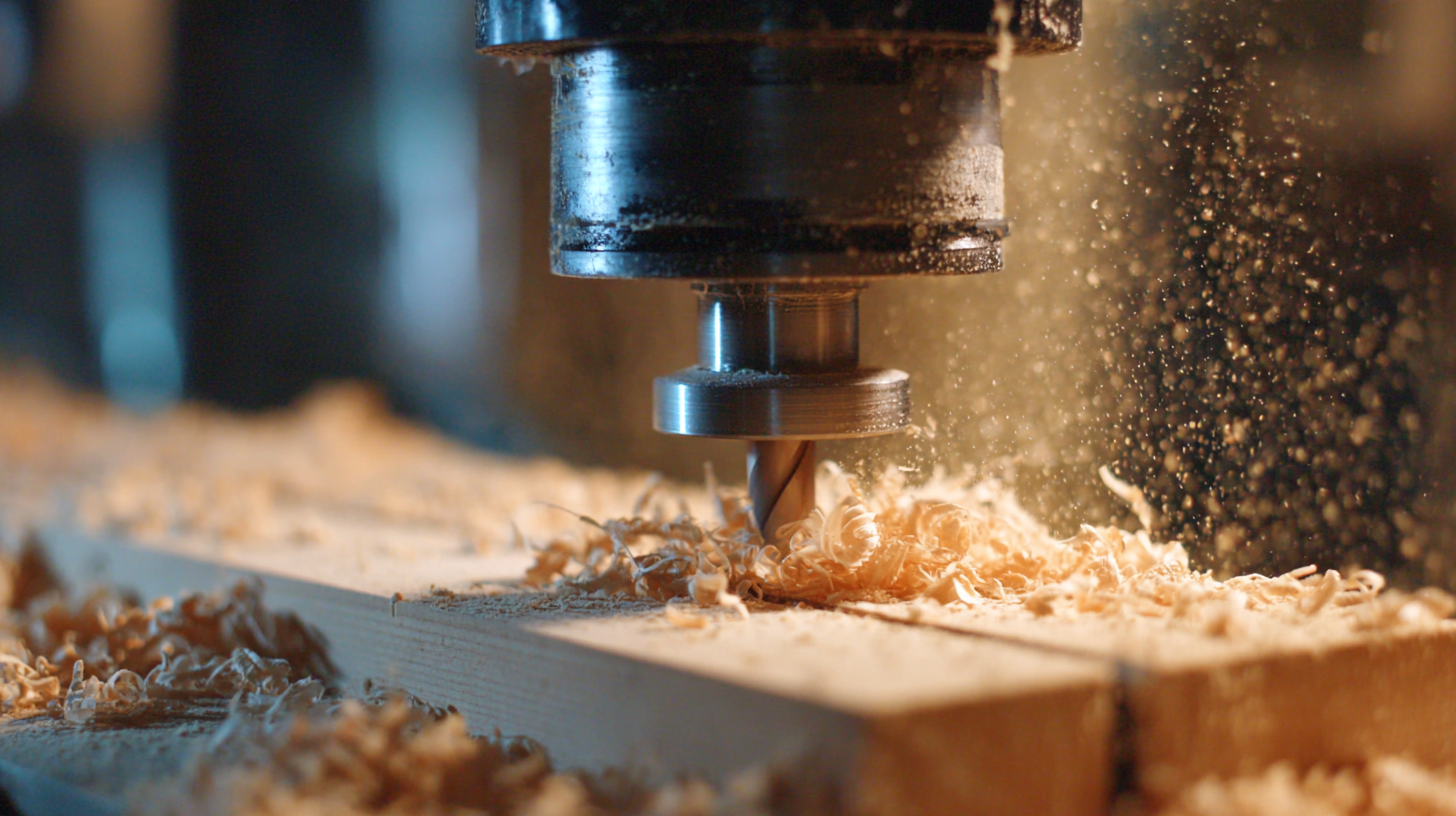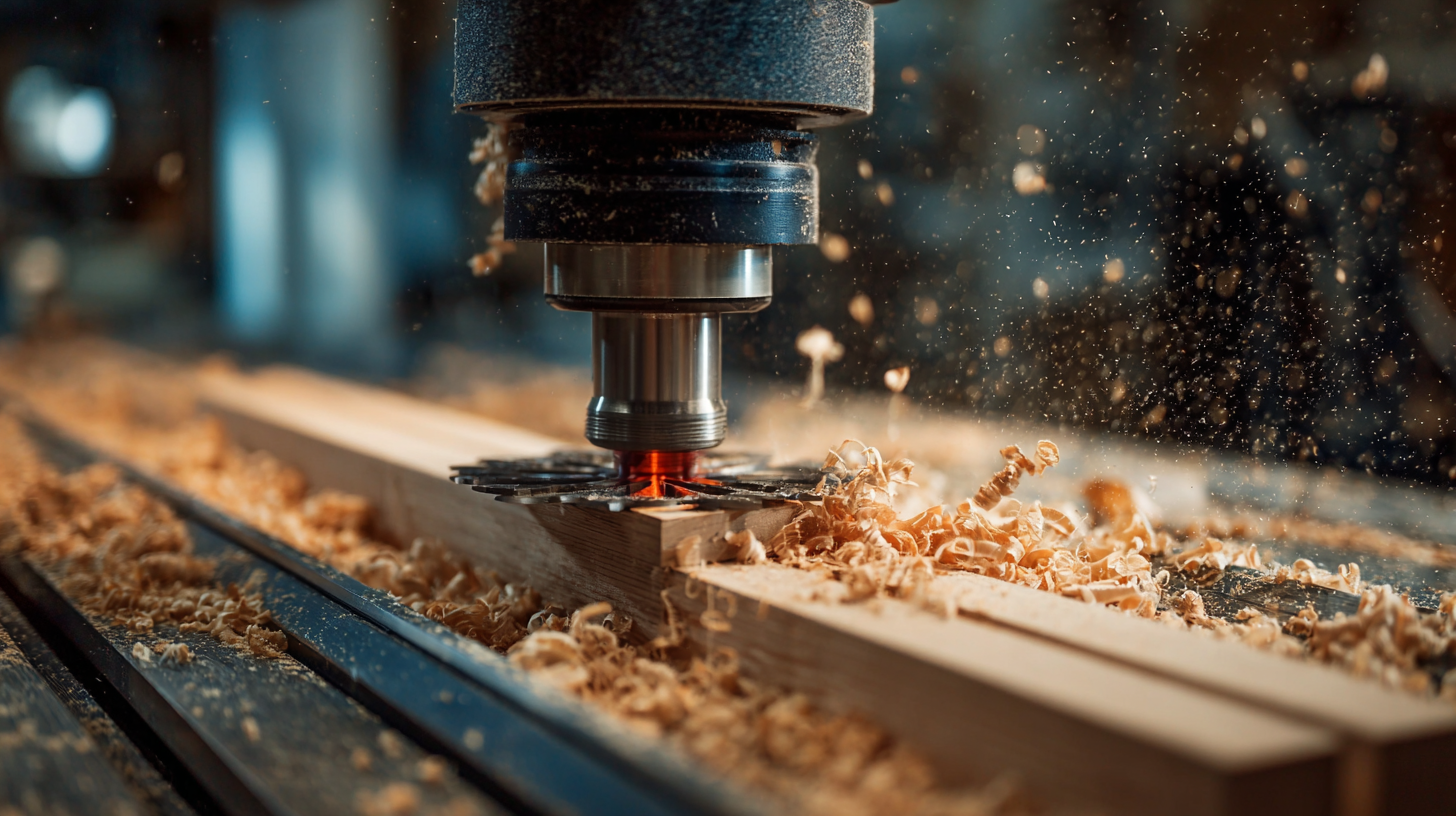SUNDI TOOLS
- Copyright © Wuxi Sundi Precision Tools Co.,LTD All rights reserved.
- Site Map
When it comes to woodworking, choosing the right router blade is crucial for achieving precision and quality in your projects. According to a report by the Woodworking Industry Association, nearly 80% of professional woodworkers cite blade selection as a key factor influencing the outcome of their work. Router blades are not just tools; they greatly impact the efficiency, finish, and accuracy of cuts, making them a vital investment for both novice and experienced craftsmen alike. With the myriad of options available in the market, understanding the essential factors—such as material composition, tooth design, and cutting profile—is imperative. This comprehensive checklist will guide you in identifying top strategies for selecting the optimal router blade, ensuring that your woodworking projects not only meet professional standards but also allow you to unleash your creative potential.

When selecting the right router blade for your woodworking projects, several key factors can significantly impact your efficiency and the quality of your work.
First and foremost, consider the type of wood you are working with. Different woods have varying densities and grain patterns, which can affect how a blade performs.
For example, hardwoods may require a blade with a larger diameter and more teeth to achieve a clean cut, while softwoods can often be managed with a standard blade.
Ensuring you choose a blade that is specifically engineered for the material at hand can save you time and resources during your projects.
Another critical consideration is the blade's profile and intended use. Router blades come in various shapes, each tailored for specific applications, such as
edging, mortising, or decorative detailing.
Understanding the nature of your project will guide you in selecting the appropriate blade profile.
Additionally, evaluate the blade’s quality and durability; opting for professional-grade materials can enhance performance and lifespan, reducing the frequency of replacements and adjustments.
By keeping these factors in mind, you can optimize your woodworking efficiency and achieve the best possible results in your projects.
When it comes to woodworking, selecting the right router blade profile can greatly enhance the quality and efficiency of your projects. Different profiles serve unique functions; for example, straight bits are ideal for hollowing out areas and making grooves, while round-over bits soften edges, providing a finished look to your workpieces. According to a survey by the Woodworking Machinery Manufacturers of America (WMMA), 57% of professional woodworkers report that using the proper router bit significantly reduces cleanup time and the need for rework.
Additionally, profile router bits such as ogee and cove cuts are essential for creating decorative edges that add character to furniture and cabinetry. The Wood Products Manufacturers Association (WPMA) indicates that choosing the right blade can increase production efficiency by up to 30%. Understanding the applications of these profiles not only saves time but also improves the final aesthetic of your wood projects. As you plan your next woodworking venture, consider how each blade profile will affect your results and streamline your workflow.
When it comes to woodworking, selecting the appropriate router blade can significantly impact the quality of your finished product. Different wood species have unique characteristics that can influence the cutting performance and longevity of your blade. For hardwoods like oak and maple, a high-quality straight or spiral bit with a carbide tip is recommended. These materials tend to be dense and require a blade that can endure increased wear while providing clean cuts.
On the other hand, when working with softer woods such as pine or cedar, you might opt for a flatter bit or a larger diameter router blade. These options can enable you to achieve smoother finishes with less effort. Additionally, the type of cut you're aiming for, be it decorative edges or grooves, should guide your choice. Ultimately, understanding the material types and their behaviors will ensure that you choose a router blade that optimizes both your efficiency and the quality of your woodworking projects.

When it comes to woodworking, the choice of router blade diameter and thickness is crucial for optimizing tool performance and ensuring high-quality cuts. A larger diameter blade can offer deeper cuts, making it suitable for projects that require shaping or hollowing out materials. Conversely, thinner blades tend to provide finer, more intricate cuts, which is essential for detailed work such as decorative edges. The right balance between diameter and thickness allows woodworkers to achieve the desired results while maintaining efficiency during the project.
Moreover, selecting the appropriate blade thickness directly affects the cutting speed and smoothness of the finish. Thicker blades can withstand more stress and power, making them ideal for tougher materials, whereas thinner blades are typically better suited for softer woods. It's important to consider the specific requirements of your woodworking projects—whether you are working on delicate trims or robust structures—to determine the optimal blade specifications. Ultimately, investing time in choosing the right router blade can significantly elevate the quality of your finished projects.

Maintaining router blades is crucial for achieving precise cuts and extending their lifespan during woodworking projects. According to a report by the Woodworking Machinery Manufacturers of America (WMMA), proper maintenance can increase the effectiveness of tools by up to 30%, significantly reducing the need for frequent replacements. Regularly checking for dullness and minor nicks enables woodworkers to schedule sharpening before encountering major damage, which can result in costly downtime or inferior finishes.
Cleaning router blades after each use is essential to prevent resin build-up, which can lead to overheating and faster wear. The American National Standards Institute (ANSI) suggests using a non-toxic degreaser to remove debris, followed by a light application of machine oil to protect against rust. Additionally, storing router blades in protective cases can shield them from moisture and impacts, thereby preserving their sharpness and functionality. Implementing these simple maintenance tips not only optimizes performance but also ensures that your woodworking tools remain reliable over time.